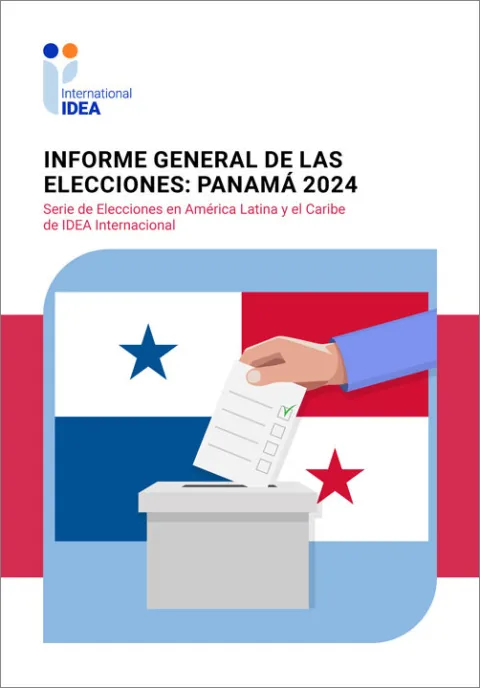Protecting Elections: The Case of Kenya
Electoral integrity in Kenya has historically been shaped by constitutional amendments, political intrigues between politicians and political parties, and a culture of disputed presidential election results.
This case study examines how reforms of the electoral, legal and institutional framework in Kenya and constitutional amendments in 2010 have influenced electoral integrity in subsequent electoral cycles. Strategies to prevent electoral risks, withstand threats, and recover from crises are presented with case examples. The role of the Independent Electoral and Boundaries Commission (IEBC) and the judiciary in the protection of elections is discussed. The lessons learned from this case study demonstrate that the protection of electoral integrity in Kenya is complex and dynamic, and requires a multi-faceted approach.
Details
Contents
Introduction
Background
Prevention of electoral risks
Risk prevention and the 2022 general election
Resilience and recovery
Recovery from crisis
Conclusions
References
Abbreviations
About the author
Give us feedback
Do you have a question or feedback about this publication? Leave us your feedback, and we’ll get back to you
Send feedbackProtecting Elections: The Case of Kenya

| Total views | 2235 |
|---|---|
| Downloads | 148 |
| Rating |
Give us feedback
Do you have a question or feedback about this publication? Leave us your feedback, and we’ll get back to you
Send feedback











